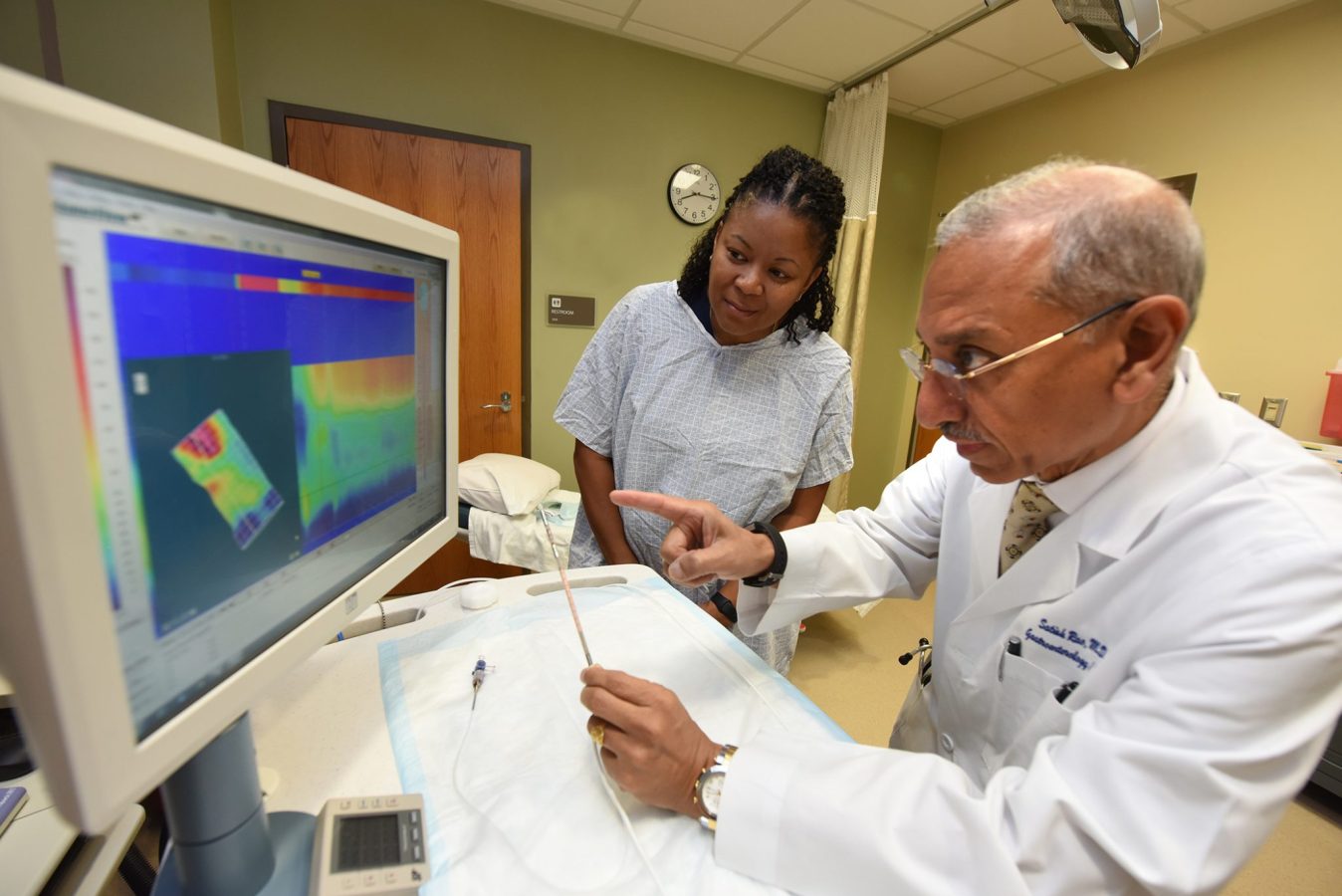
qEEG involves placing small electrodes on the scalp to capture cerebral oscillations. These cerebral waves are then analyzed to identify patterns that may indicate sleep disorders, including sleep apnea. By examining these patterns, medical providers can obtain a more precise picture of how sleep apnea disrupts normal brain function during slumber. This data can be essential for developing efficient therapeutic strategies customized to specific clients. Understanding the connection between qEEG and sleep apnea can lead to improved diagnostic methods and superior results for those impacted by this condition.
Research has shown that individuals with sleep apnea often display specific alterations in their cerebral oscillation trends. For instance, during instances of apnea, the cerebrum may show increased activity in certain areas while additional regions become more engaged. These alterations can influence how effectively a individual slumbers and how refreshed they perceive upon awakening. By employing qEEG to track these brain wave patterns, this article doctors can identify specific characteristics of sleep apnea in patients, which can help in making a more accurate diagnosis. This is especially important because sleep apnea can sometimes be mistaken for other sleep disorders, leading to inappropriate treatments.
In furthermore to enhancing identification, qEEG can also serve a part in assessing the efficacy of therapies for sleep apnea. For example, after a client starts employing a constant beneficial airway force (CPAP) device, which assists maintain the passage clear during slumber, qEEG can be utilized to evaluate alterations in brain activity. If the brain shows improved patterns of sleep after starting treatment, it may suggest that the treatment is functioning well. This response can assist physicians formulate required modifications to therapeutic plans, ensuring that patients receive the best treatment feasible.
In summary, the relationship between qEEG and sleep apnea trends is an promising area of research that holds promise for enhancing diagnosis and therapy. By comprehending how sleep apnea impacts cerebral activity, healthcare providers can develop more effective approaches to assist clients attain better slumber and enhance their overall health. As research continues to evolve, it is probable that qEEG will turn into an integral tool in the fight against sleep apnea, leading to better results for those who experience from this difficult condition.